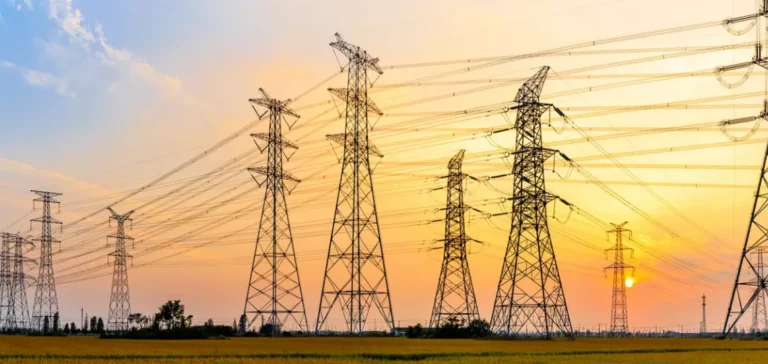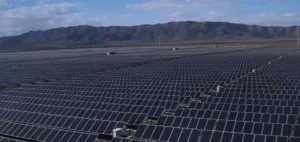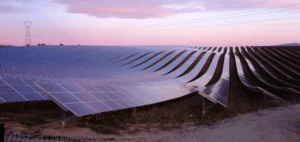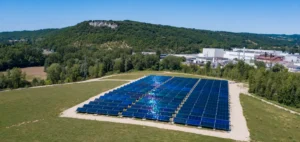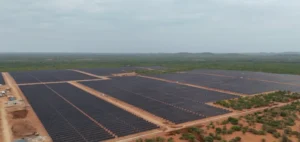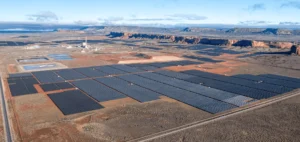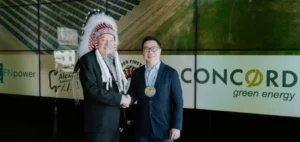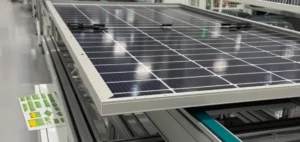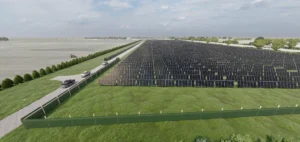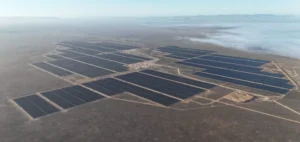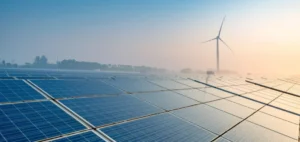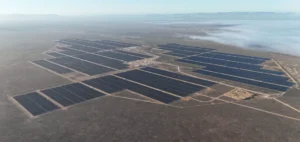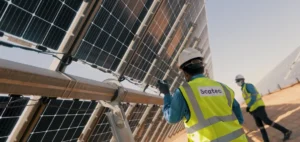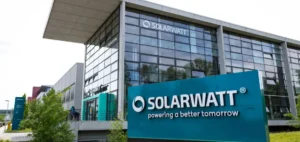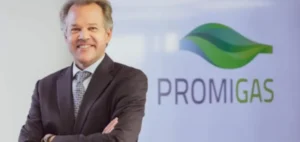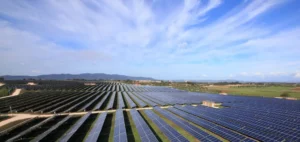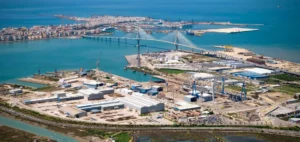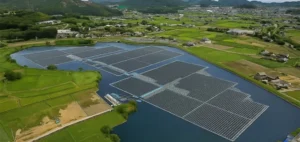The annual report Tracking SDG 7: The Energy Progress Report 2025, published today, indicates that 92% of the global population now has basic access to electricity. This figure represents significant progress compared to previous years, with around 310 million additional people gaining access since 2015. However, the report also notes that 666 million people still remain without electricity. This energy deficit is primarily concentrated in isolated rural and economically vulnerable regions.
Lack of funding and regional disparities
According to the report, international financial flows to developing countries in support of clean energy reached $21.6 billion in 2023, up 27% from the previous year. Despite this increase, this amount remains below the peak of $28.4 billion reached in 2016. Additionally, financing remains unevenly distributed: only two countries in sub-Saharan Africa rank among the top five global recipients. Debt-based financial instruments predominate, accounting for 83% of the funding in 2023, while grants constitute only 9.8%.
The report recommends significant reforms to multilateral and bilateral mechanisms in order to increase the availability of concessional financing and to improve risk tolerance among international donors. The authors also suggest adopting more effective national energy planning strategies in beneficiary countries.
Priority to decentralized renewable energy
The document emphasizes the importance of decentralized renewable energy, such as mini-grid systems and off-grid solar solutions, in effectively addressing the energy needs of isolated rural populations. These technologies are identified as rapid and economically viable solutions to bridge energy deficits in remote areas.
Additionally, around 2.1 billion people still rely on polluting fuels such as firewood or coal due to lack of access to clean cooking methods. For these rural communities, particularly in sub-Saharan Africa, decentralized clean technologies such as household biogas installations and electric cooking solutions may provide suitable responses.
Persistent disparities in sub-Saharan Africa
In sub-Saharan Africa, the region most affected by the lack of energy access, 85% of the population without electricity still resides in this geographic area. Renewable energy installed capacity remains low there, at only 40 watts per capita, representing one-eighth of the average recorded in other developing regions.
Moreover, the region faces an annual increase of 14 million in the number of people lacking access to clean cooking solutions. Globally, progress toward clean cooking remains slow, with a moderate increase in the overall access rate to 74% in 2023, compared to 64% in 2015. The report warns that at this rate, only 78% of the global population will have access to clean cooking by 2030.
The Director-General of the International Renewable Energy Agency (IRENA), Francesco La Camera, stated: “Although international financial flows have increased, only two regions worldwide have truly benefited. To bridge these persistent gaps, strengthened international cooperation is necessary.”


